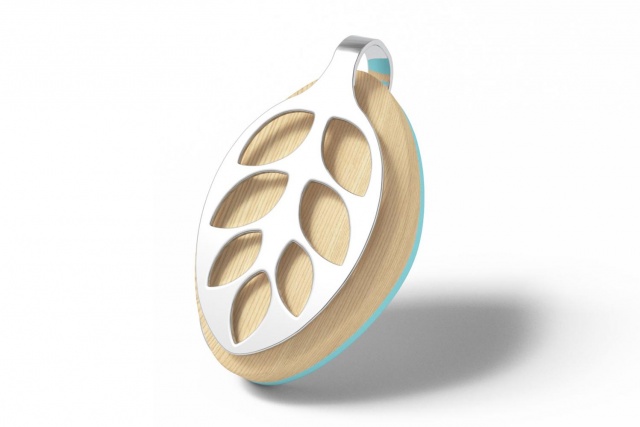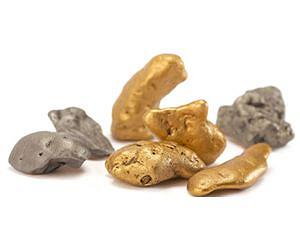Platinum style 7500 for M.M. (The Blingtastic)
A real stunner of a ring. Otherwise known as The Blingtastic.
If a custom design ring like this beauty is calling your name, contact us and we’ll create a ring especially for you.

A real stunner of a ring. Otherwise known as The Blingtastic.
If a custom design ring like this beauty is calling your name, contact us and we’ll create a ring especially for you.
Have you checked out Adam Says yet? He claims to be the perfect friend who will tell you the “real truth” about your fashion choices. Well, he’s a bit harsh…but definitely funny! Thanks to Oprah.com for this bit.

Well, this is not your grandmother’s jewelry. Unless her necklaces could track her sleep, exercise and baby’s heartbeat. It’s no surprise that smart jewelry would become more fashionable (since the first incarnations were a little…robotic looking, to say the least) but what’s interesting is the increasing abilities of these tech pieces. In short, who woulda thunk?
Bellabeat started as a company that designed a spherical wooden device for pregnant women that could record and share a baby’s heartbeat from inside the womb. From there, Bellabeat’s co-founder Urška Sršen and her team started thinking about creating other devices that would help improve women’s health during all stages of their lives.
The company’s answer is the Leaf, a small piece of jewelry that tracks all the basic fitness metrics and sleep quality, while also keeping tabs on stress levels, women’s reproductive cycles, and potentially more.
And it doesn’t stop there. This techno leaf can even monitor your stress levels, giving you a little buzz when it notes you’re breathing more rapidly for no reason (an indicator of stress). Expect it to fry an egg or take out the trash out in the near future!
Hi Joe, I loved the ring as well! Couldn’t have turned out better! . . . . Again thanks for all of your help, you made this an amazing experience for the both of us.
Customized version of our style #102226 with a cushion cut center stone

I’ll have to admit, many of our team members didn’t know these facts about gold and silver. Thanks to the people at FazeFive for schooling us! (Gold as “excrement of the gods?” Love it!)
GOLD
- This metal has received the name “gold” for a good reason: the word comes from Old English and it means “ yellow” (and the Aztec word for gold, “teocuitatl” is translated by the Europeans as “excrement of the gods”; the Latin name is “aurum” which is “shining dawn” or “glow of sunrise”).
- Gold can be found on each of the 7 continents and 80% of it is still buried somewhere underground and 10 billion tons lays in the oceans. Until today, 161 000 tons of it has been mined, 73% of it has been extracted since 1910. And 2/3 of the world’s gold comes come from South Africa and India is the biggest consumer of gold today.
- Gold can be manufactured so thin that it appears transparent. It is used in some aircraft cockpit windows for de-icing or anti-icing by passing electricity through it. The heat produced by the resistance of the gold is enough to deter ice from forming.
SILVER
- “Silver” refers to the .925 silver grade emerged in England, in the 13th century, but words for silver and money are the same in at least 14 languages. Silver was even mentioned in the Bible, its name comes from the Old English “seolfor”.
- Since 700 BC., silver has been coined over and over again: in 2003, in the United Kingdom, there were minted into coins and medals half a million ounces of silver.
- The largest producers of silver are Mexico, Chile and Peru. Over the years, silver jewellery has been associated with magical powers and people believed that silver can heal, bring good luck and ward the evil spirits away.
- Silver can be eaten (not advised) and it’s harder than gold.
On this Memorial Day, let us all take some time amidst our festivities to remember those who have fallen for our freedom. In honor of our fine soldiers, take a look at the dog tags used throughout history (thanks to AgileWriter.com). Remember these tags were often the only way a solider could be identified and provide their family with closure.

Civil War Dog Tags

WWI Dog Tag

WWII Dog Tags
From TOP Vietnam Vets:
|
|
|